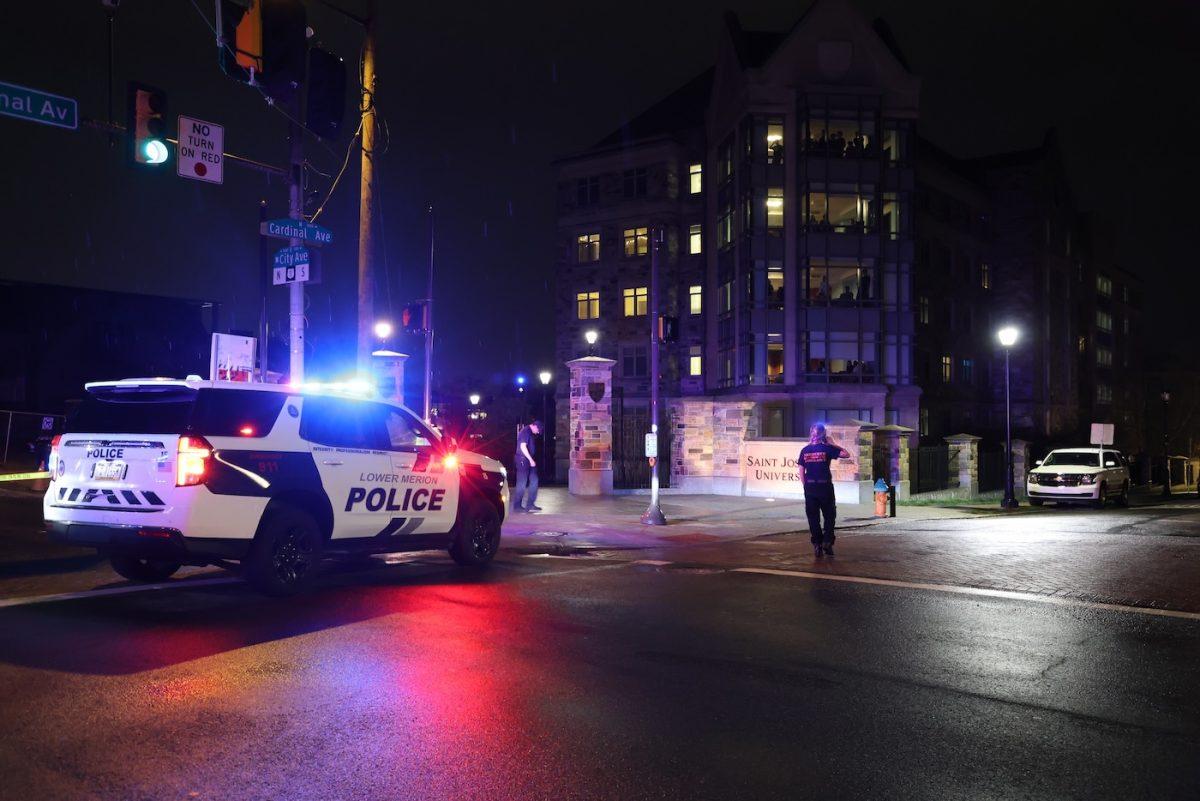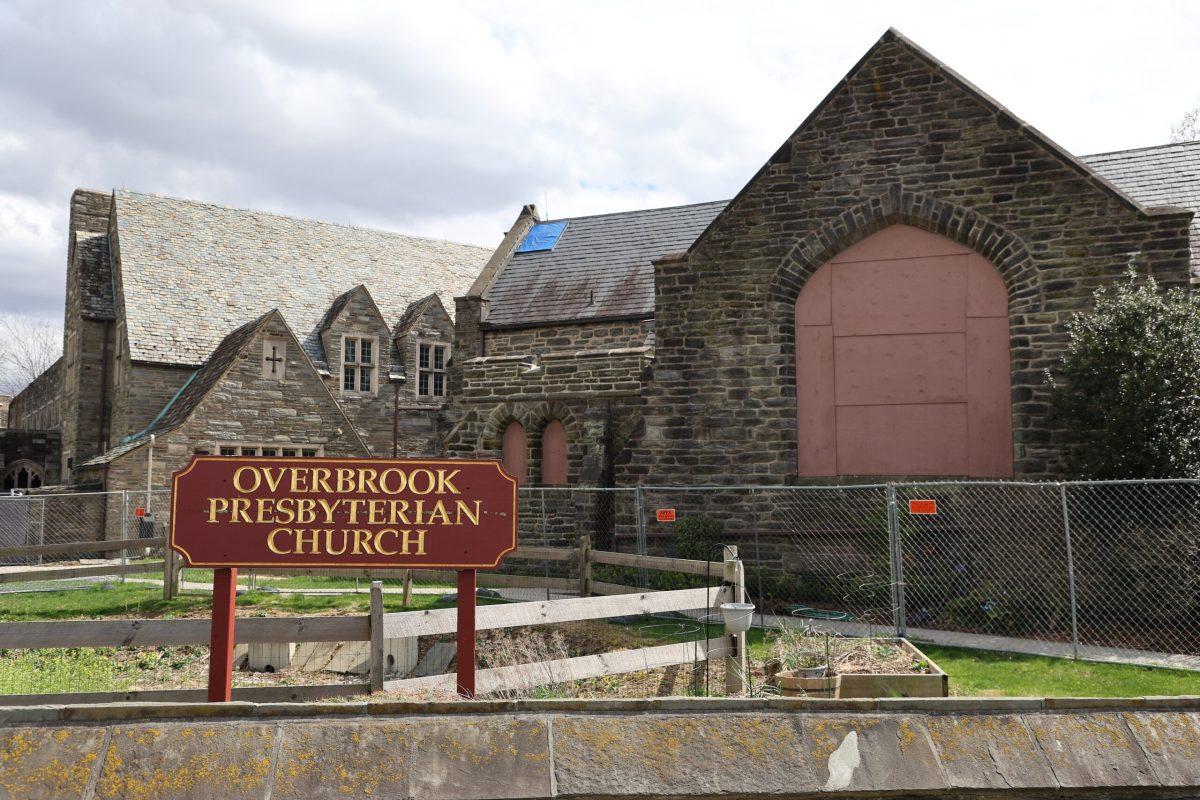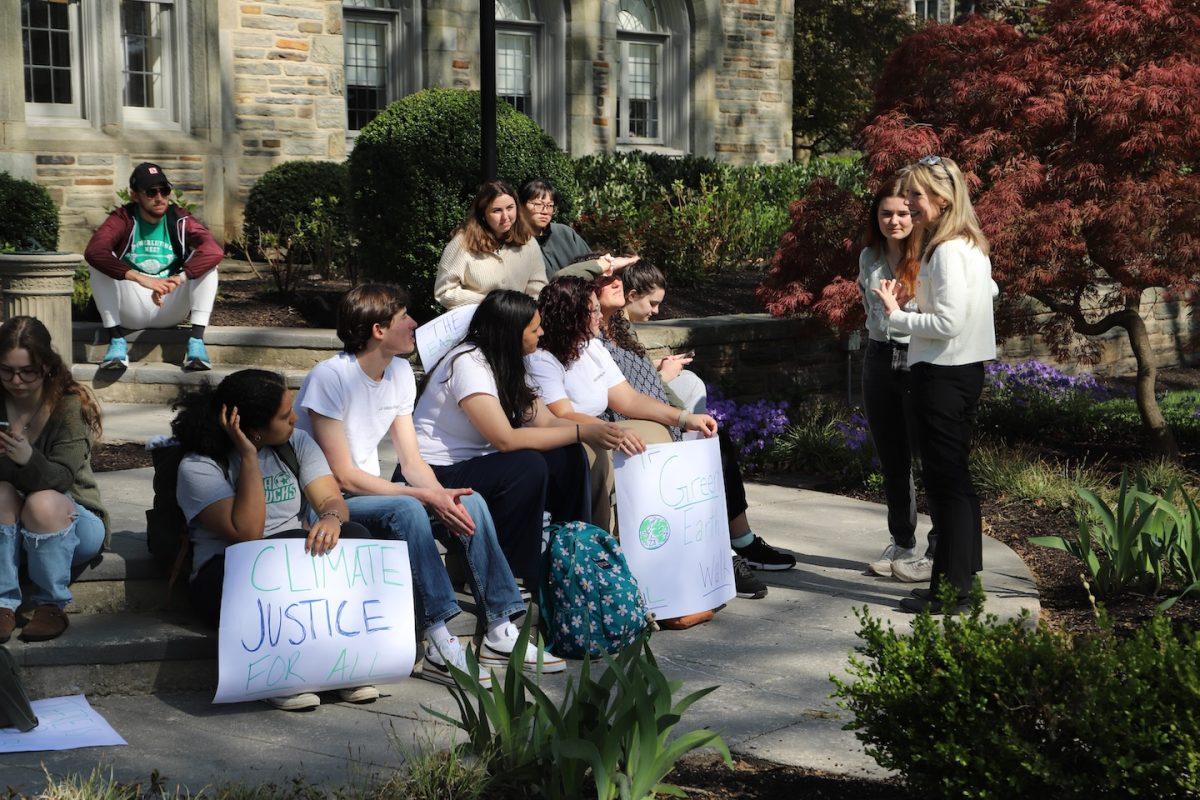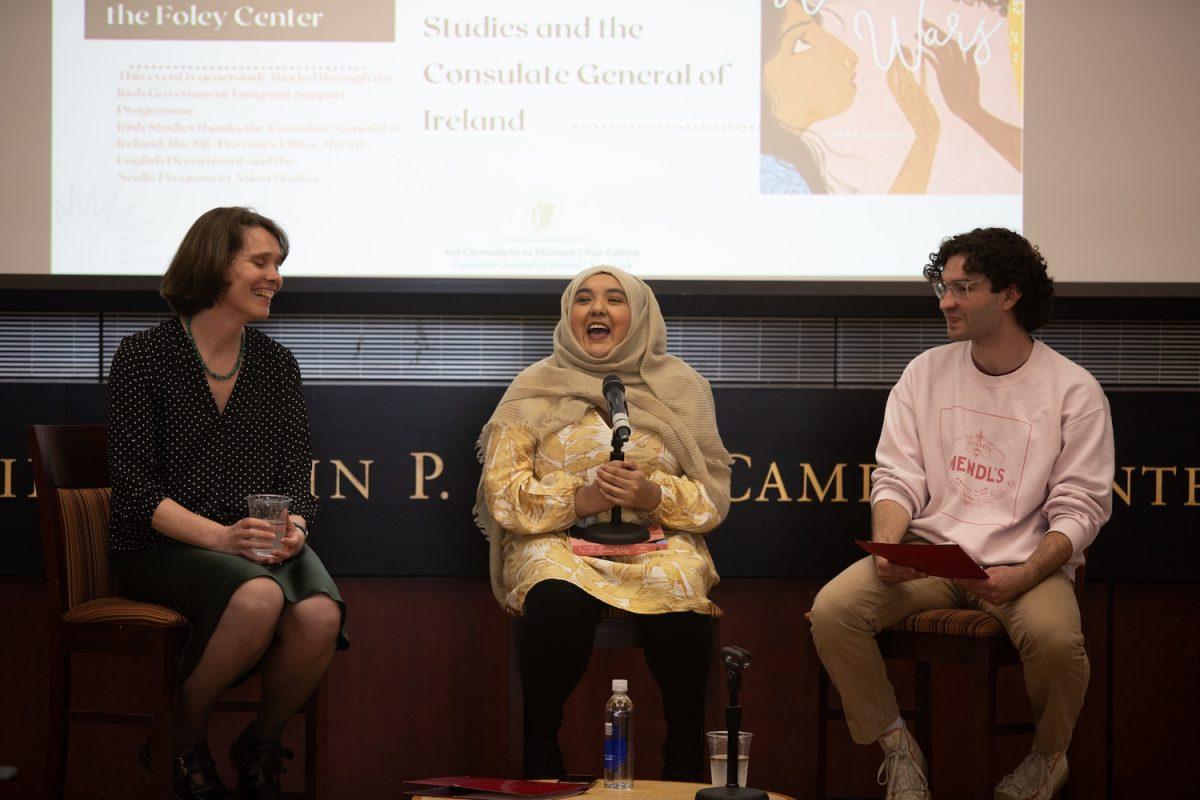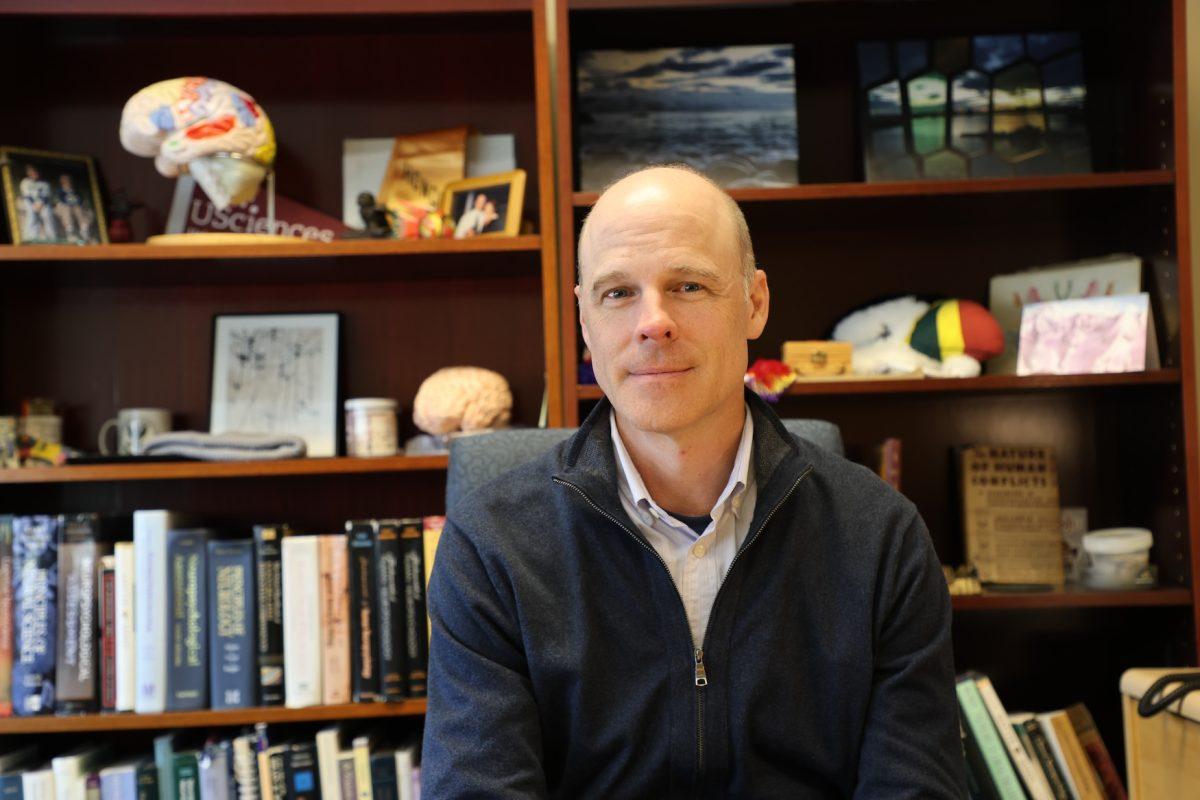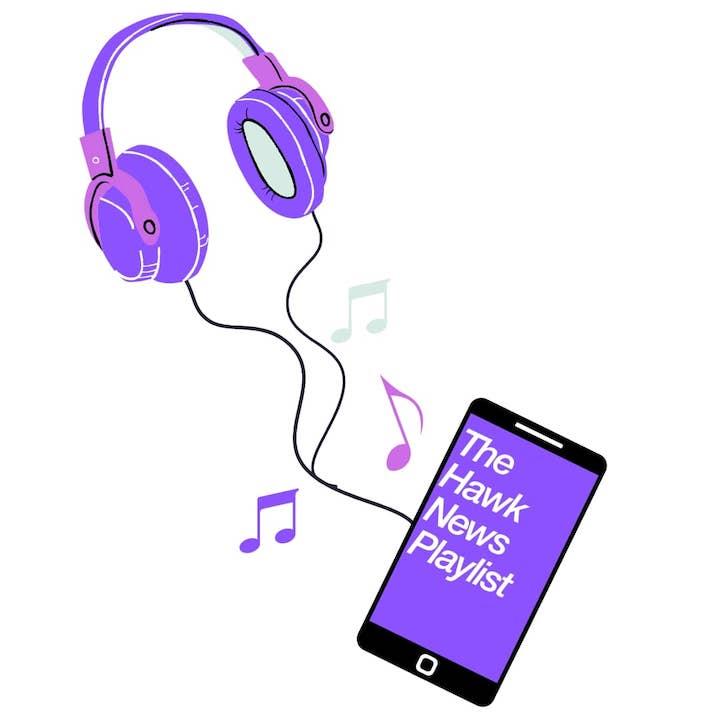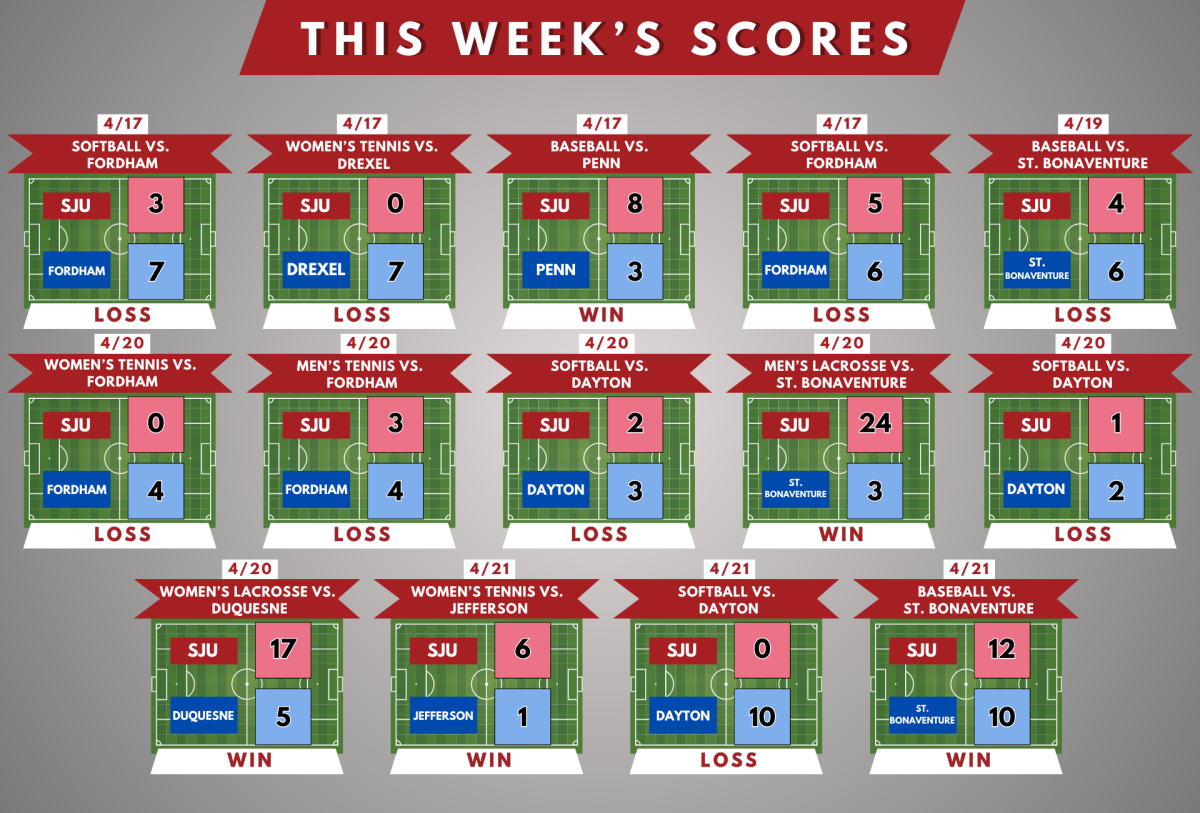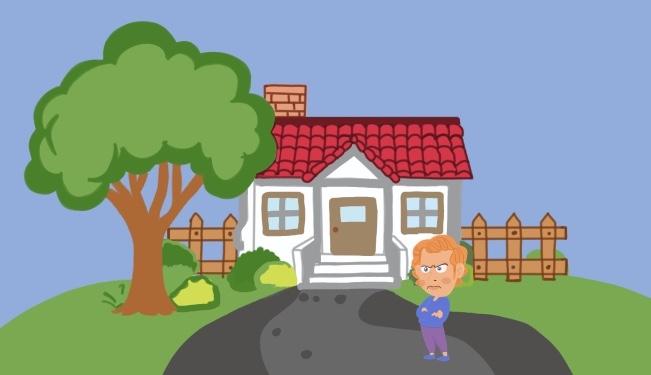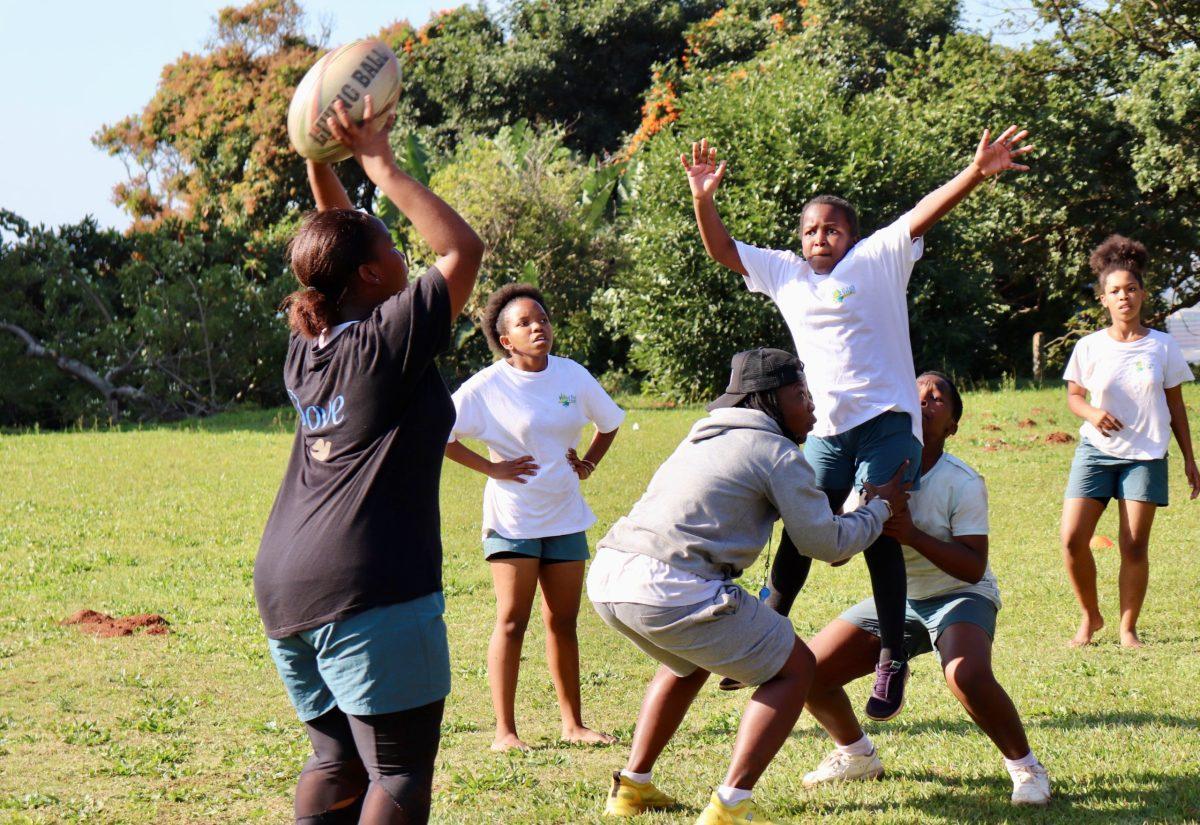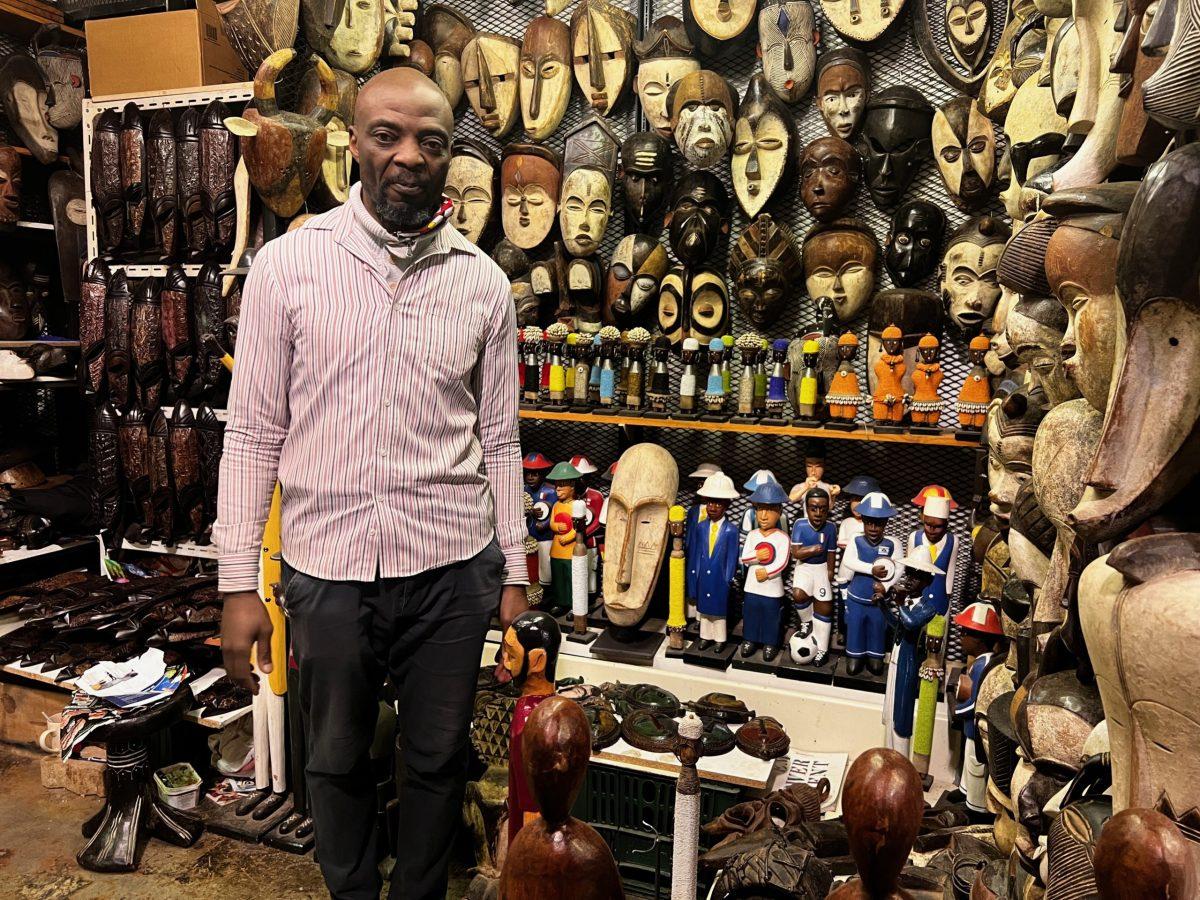Lenasia, South Africa — When schools shut down during the height of the pandemic in 2020, teachers at Impala Crescent Primary School, like many educators, had to quickly learn how to continue teaching virtually.
“We didn’t do Zoom or anything like that,” said Aziza Mayet, an educator for almost three decades and foundation phase department head at Impala Crescent. “Most of our kids come from a lower income background, so data and all that was a problem. It was mainly typed-out lessons.”
Impala Crescent is located in Lenasia, or Lenz, an apartheid-era township designated as Indian and located just south of Johannesburg. About 1,000 students attend the public school, many from bordering townships designated by the apartheid government as Black or ‘coloured,’ who are drawn to the school’s relatively better resources.
Sumayyah Mayat, who teaches sixth grade at Impala Crescent, said she first made videos of herself teaching lessons and then sent them to her students via WhatsApp, a popular text messaging app.
But Mayat ran into the very problem Mayet described: her students’ home internet connections couldn’t support the files she was trying to send.
“A lot of them said, ‘we don’t have data, so don’t send us big [files],’” Mayat said. “But then it became of no use because there was too much data being used.”
For many students in South Africa, the pandemic further exposed South Africa’s digital divide, with a lack of home computers and internet access hampering students’ ability to participate in remote learning.
In 2020, only 7% of South African households with people ages 5 to 24 had internet access at home, according to a 2022 South African government report titled “COVID-19 and barriers to participation in education in South Africa, 2020.” About two-thirds of the population instead rely on work or public Wi-Fi options to connect to the internet via their phones. That divide deepened among non-white households and those outside of major metropolitan areas, the report found.
In the face of these challenges, many South African schools rotated students in and out of schools rather than attempt remote learning, according to the government report. Nationally, only 11.7% of schools offered remote learning options to students. By comparison, in the U.S., 93% of households participated in some form of remote learning during the pandemic, according to a 2020 U.S. Census Bureau report.
Mayat and her colleagues at Impala Crescent did their best to find solutions to reach their students. They began sending typed messages on WhatsApp rather than files. The challenge this time was student engagement and response.
“Some of them, the work wasn’t done at all,” Mayat said. “Others, there was assistance [from family members], or they may have not done it correctly. They wouldn’t have understood it the way we would have liked them to.”
When students were permitted to attend school in person again in August 2020, Impala teachers said they spent the remainder of the school year reminding students what it is like to be in a structured setting. Well into the current school year, they continue to stay after school on their own time to help students fill in the gaps with their learning.
“Most of them are doing [the after-school program] out of the goodness of their own heart,” Mayat said. “To help the kids, it’s the main aim. Just to help the kids get better, improve, so that they can also achieve their goals.”
Administrators at Impala Crescent are now considering ways to implement digital literacy instruction into the curriculum, from accessing the internet to creating slideshare presentations to use online text documents.
But Principal Naazim Adams said it is important to him that such instruction be intentional rather than a flashy curricular add-on.
“My philosophy would be that it needs to be contextually relevant, and it needs to be values based,” Adams said. “It needs to be meaningful.”

One way Adams is ensuring that is by teaching himself the skills he wants his staff to pass along to their students.
“I’m busy learning some digital skills, which I hope to then carry over first to the staff and then everywhere else,” Adams said.
Another key finding from the government’s report about the impact of the pandemic on education in South Africa was about the loss of feeding schemes, or free school meals, that many South African children rely on. In 2020, eight of 10 students ages 5 to 24 relied on their school’s feeding schemes for meals.
Adams said growing food insecurity rates prompted Impala Crescent to begin providing free breakfast and lunch to its students in need when they returned to the classroom. While government funds support one free meal to students each day, Adams said the school decided to offer two.
Nosisa Sithole and Busisiwe Chihkwita begin cooking at 7 a.m. to prepare for students. Out of the 1,000 students who attend the school, 160 eat breakfast and 400 eat provided lunches.

“But when the ladies cook the tin fish, then they all eat,” Adams said with a smile.
The two cooks said they see the importance of the program.
“[The students] wake up in the morning, five o’clock they are leaving their houses,” Chihkwita said. “They don’t get the proper breakfast [at home]. It is important for them to get their food.”

While the pandemic has been difficult for educators and students everywhere, many of the staff at Impala Crescent said they also see it as a shared learning experience that has further bonded the school community.
“In our school, that sense of family that we have, not just only in the pandemic but anytime where someone is going through sickness, that support has just made it a school where you want to go,” Mayat said.
Students have felt that support not just during the ‘lockdown’ times but again now that they are back in the classrooms. Seventh grader, Katlego, praised her teachers, even when they were out of earshot.
“They ask us questions, they make us learn,” Katlego said. “We love to answer questions. And if we get it wrong, we learn from them.”
Tshepiso Malakoane, a third grade teacher at Impala Crescent who began her teaching career during the pandemic, said her students are learning to adjust to routines in the classroom and a return to normal.
“Besides the workload I see a change in terms of the children interacting,” Malakoane said. “They’re able to do physical education, get some air outside, play sports and do the activities. Right now, I’m happy with what I’m seeing. I’m seeing a happy generation.”

